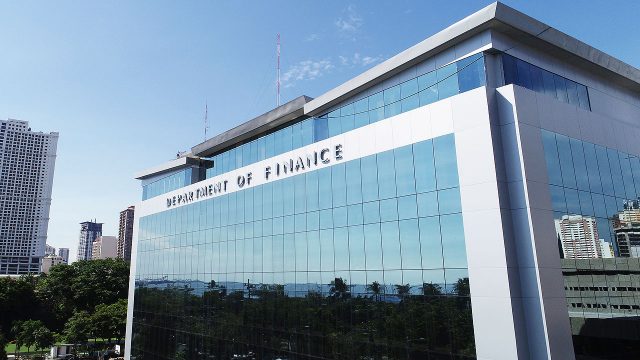A HOUSE of Representatives committee approved a bill that seeks to ban and declare illegal Philippine Offshore Gaming Operators (POGOs), alleging that the gaming companies are involved in money laundering and human rights violations.
“The continued operation of POGOs is a public exhibition and a confession of frustration over (the government’s) inability to properly address our pitiful national economic condition,” Manila Rep. Bienvenido M. Abante, Jr. said in House Bill No. 5082.
The House gaming and amusements committee also approved a resolution urging the Philippine Amusement and Gaming Corp. (PAGCOR) to ban POGOs.
“The POGOs form part of a multi-billion gambling industry contributing revenue to the country, but they have also been allegedly used for illegal activities such as money laundering, illegal immigration and employment and kidnapping and other violent (offenses),” Cagayan de Oro Rep. Rufus B. Rodriguez said.
As many as 4,039 have been victims of POGO-related crimes, the Philippine National Police (PNP) told a Senate hearing last year.
“Law enforcement operations… reveal the involvement of licensed owners of POGOs in illegal activities such as human trafficking, kidnapping and scamming operations such as romance scams, investment scams and cryptocurrency scams,” the PNP’s anti-cybercrime group director, then-Brigadier General Sidney S. Hernia, told legislators.
PACGOR Chairman Alejandro H. Tengco noted an increase in POGO licensees coming from Singapore, Malaysia and Europe.
“Initially in 2019, 2020, 2021, majority of the licensees were composed of Chinese corporations. However, as the industry was evolving… especially… in the second half of 2022, that trend has been reversing,” Mr. Tengco said.
“There have been an increasing number of licensees coming from other countries like Singapore, Malaysia, and even Europe and companies coming from the US,” he said.
Mr. Tengco also said that all POGO licensees were declared probationary in September, and were required to reapply to assess the “worthy players or licensees in the industry.”
“From close to 295 licensees in 2019, we’re already down to about 75, or close to 30% (off the peak),” Mr. Tengco told the committee.
PAGCOR also noted a new classification of licensees called SBPOs under the business process outsourcing (BPO) sector.
“These companies service foreign operators, whether land-based or online, that are based either in Europe or in the US,” Mr. Tengco told legislators.
“We believe that so many Filipinos involved or working for BPOs are really basically gaining from all these.”
Around 15 SBPOs have been given a license to operate, he said. — Beatriz Marie D. Cruz












